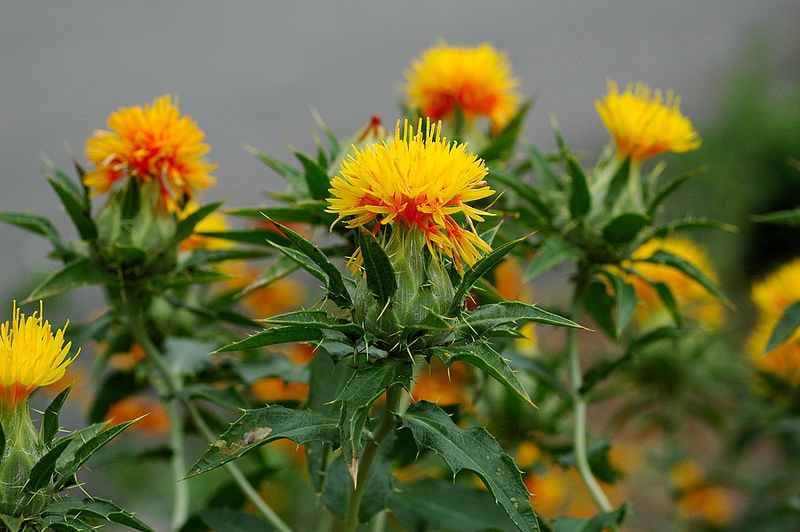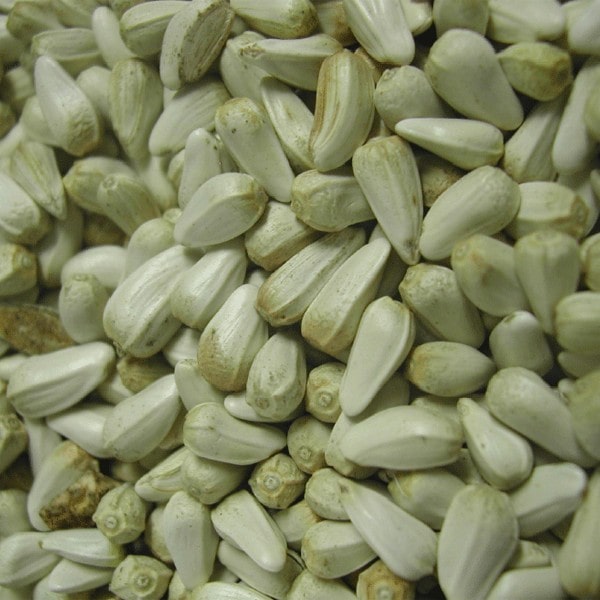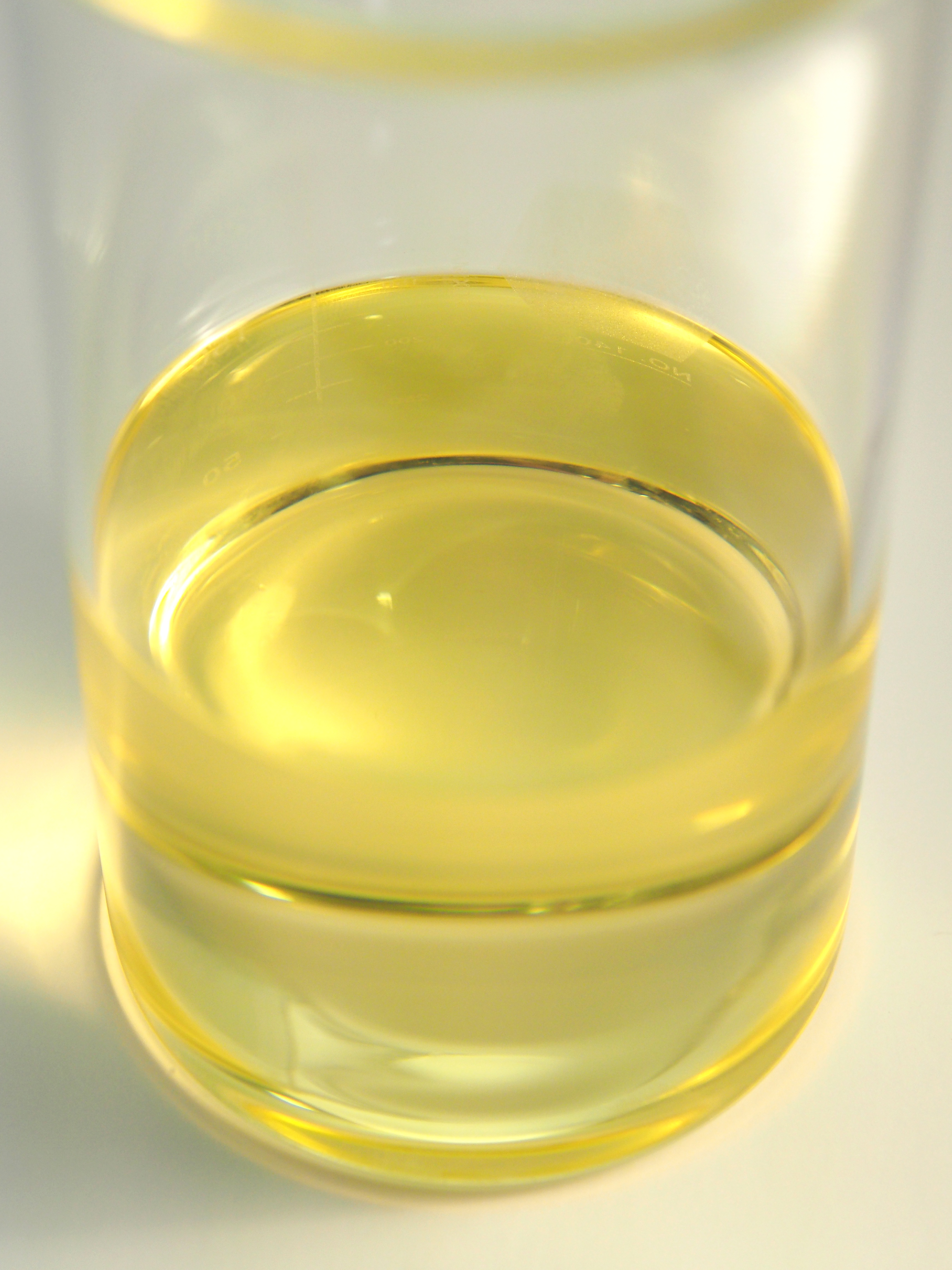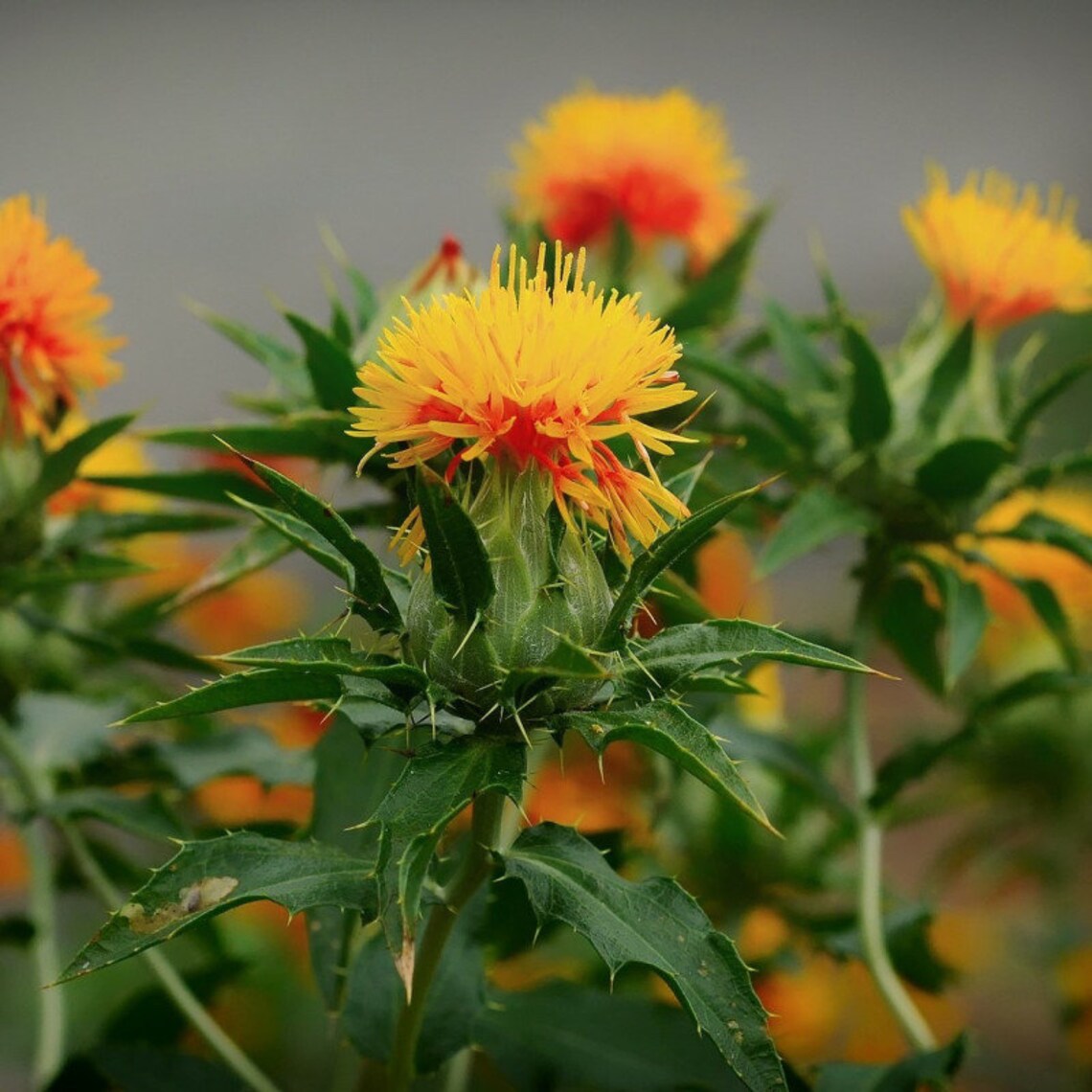Safflower,
Safflower, organic Mexico 

Carrier oils
Botanical name: Carthamus tinctorius
Plant Part: seeds
Extraction method: cold pressed
Origin: Mexico
| 3.00$ |
Free shipping for online orders of more than 69$, before taxes, within Canada.
(View the maximum available formats for free delivery)
Cautions and warnings:
Do not use pure essential oils. Essential oils are diluted in a vegetable oil when applied to the skin. Carry out a skin tolerance test in the crook of your elbow and wait 48 hours before using the oil on the skin. Do not use the essential oil if you notice a reaction such as redness, itching or stinging.
Keep out of reach of children.
If accidental ingestion occurs, seek urgent medical attention or contact a Poison Control Center.
Avoid contact with eyes and mucous membranes. Essential oils should not be applied to the eyes, the eye contour area, neither into the ears. In case of contact, apply a plenty of vegetable oil and take promptly medical advice.
If symptoms persist or worsen when using essential oil, consult a health care practitioner.
If you have epilepsy or asthma, consult a health care practitioner prior to use.
Avoid exposure of applied area(s) to the sun.
Contraindications:
If you are pregnant or breastfeeding, do not use essential oils.
Known adverse reactions:
If you experience nausea, dizziness, headache or an allergic reaction, discontinue use.
Storage:
Store in airtight, light-resistant container at room temperature.
Responsibility:
The information contained on our site is presented purely for information purposes and cannot, in any case, bind the responsibility of the company. In no way does this information constitute a recommendation for preventive or curative treatment, prescription or diagnosis, nor should it be considered as such.
 Words by Anny Schneider
Words by Anny Schneider
Combined with good essential oils, it can treat redness on the face as well as cellulite.
The ripe seeds of this pretty Asteraceae with soft yellow petals is known for its lipotropic effects, drains and dissolves fats , both circulating and on the surface.
It is a great ally for rosacea and very sensitive skin.
It is non-comedogenic and also helps to treat acne and excessively oily skin.
Origin
This vegetable oil of organic Safflower, from Mexico, is 100% natural and cold pressed.
Properties
Safflower, a member of the Asteraceae family is believed to be one of the longest cultivated plants, the first evidence of which is traced to 2500 BC in Mesopotamia.
The brightly coloured petals have been in use in textile dying since at very least the XII dynasty in Egypt where the plant was held in such high esteem that garlands of Safflower blooms were found in the tomb of Tutankhamon.
Most of us know Safflower more humbly, for the oil pressed from its seed. An oil that provides an abundance of nutritive elements beneficial to our bodies inside and out.
Cautions
Keep away from children, air, heat and light.More information
Called interchangeably Safflower, False Saffron, Dyers' Safflower, or Bastard Saffron, safflower is a plant native to India or the area between India and Turkey and cultivated in the southern Mediterranean since Antiquity.
It is one of the oldest cultivated plants; we have found remains of safflower dating from the 12th dynasty in Egypt where it was already used as a dye.
The plant has a deep taproot, it likes arid areas.
It is a dye plant (which produces a dye) of the Asteraceae family that is no longer found in the wild.
It has long provided a yellow-red dye which was used for fabrics and food.
In China, safflower red (yanzhi 胭脂) is present in wall paintings from the 4th–6th centuries.
This pigment was made from the flowers of safflower, madder and Kerria lacca.
From the 16th century, cochineal red began to be imported into China and gradually replaced safflower red.
The genus name Carthamus was borrowed from the medieval Latin carthamo in the 9th century, itself taken from the plant's Arabic name, qūrtūm.
Since saffron is a rare and very expensive spice, safflower has long been used to adulterate it.
Since the 1950s, oil has been produced from its seeds.
Safflower is used in Ayurvedic medicine (Kusumbha) and in traditional Chinese medicine (TCM) under the name Honghua.
These centuries-old medicines use safflower for its supposed hypolipidemic and hypocholesterolemic properties.
In India, oil is used in cooking, for lighting and in soap making.
The seeds are eaten roasted in Ethiopia.
Safflower oil is a edible oil that is best used cold for salads, for skin care, or in oil paint.
It is rich in monounsaturated fatty acids, represented in the form of oleic acid.
Main components of the oil:
- Oil rich in polyunsaturated fatty acids
- Omega 3 alpha linolenic acid: 0.1%
- Omega 6 linoleic acid: 8.7%
- Oleic acid: 70-79%
For further information about this product or to inquire about larger quantities, please send us an email and we will get back to you as soon as possible.
The availability and price of this product may vary without prior notice, if for some reason the quantity you have requested is currently unavailable, we will contact you shortly to discuss the best options to fulfill your needs.
Log in
Subscribe to our newsletter here!
All rights reserved © 2024 - ZAYAT AROMA
Terms & conditions | Security & privacy









